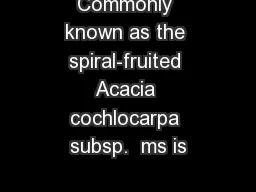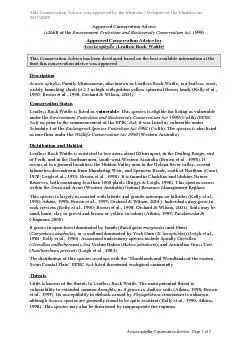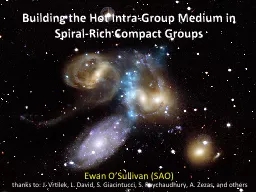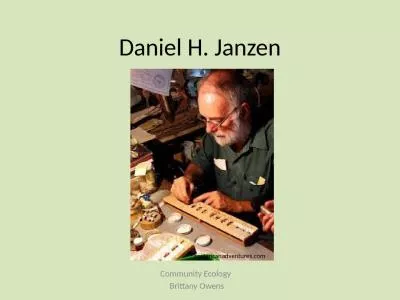PDF-Commonly known as the spiral-fruited Acacia cochlocarpa subsp. ms is
Author : karlyn-bohler | Published Date : 2016-04-17
Spiralfruited wattleEndangered flora of Western Australia Recovery of a speciesDEC is committed to ensuring that critically endangered taxa do not become extinct
Presentation Embed Code
Download Presentation
Download Presentation The PPT/PDF document "Commonly known as the spiral-fruited Aca..." is the property of its rightful owner. Permission is granted to download and print the materials on this website for personal, non-commercial use only, and to display it on your personal computer provided you do not modify the materials and that you retain all copyright notices contained in the materials. By downloading content from our website, you accept the terms of this agreement.
Commonly known as the spiral-fruited Acacia cochlocarpa subsp. ms is: Transcript
Download Rules Of Document
"Commonly known as the spiral-fruited Acacia cochlocarpa subsp. ms is"The content belongs to its owner. You may download and print it for personal use, without modification, and keep all copyright notices. By downloading, you agree to these terms.
Related Documents














